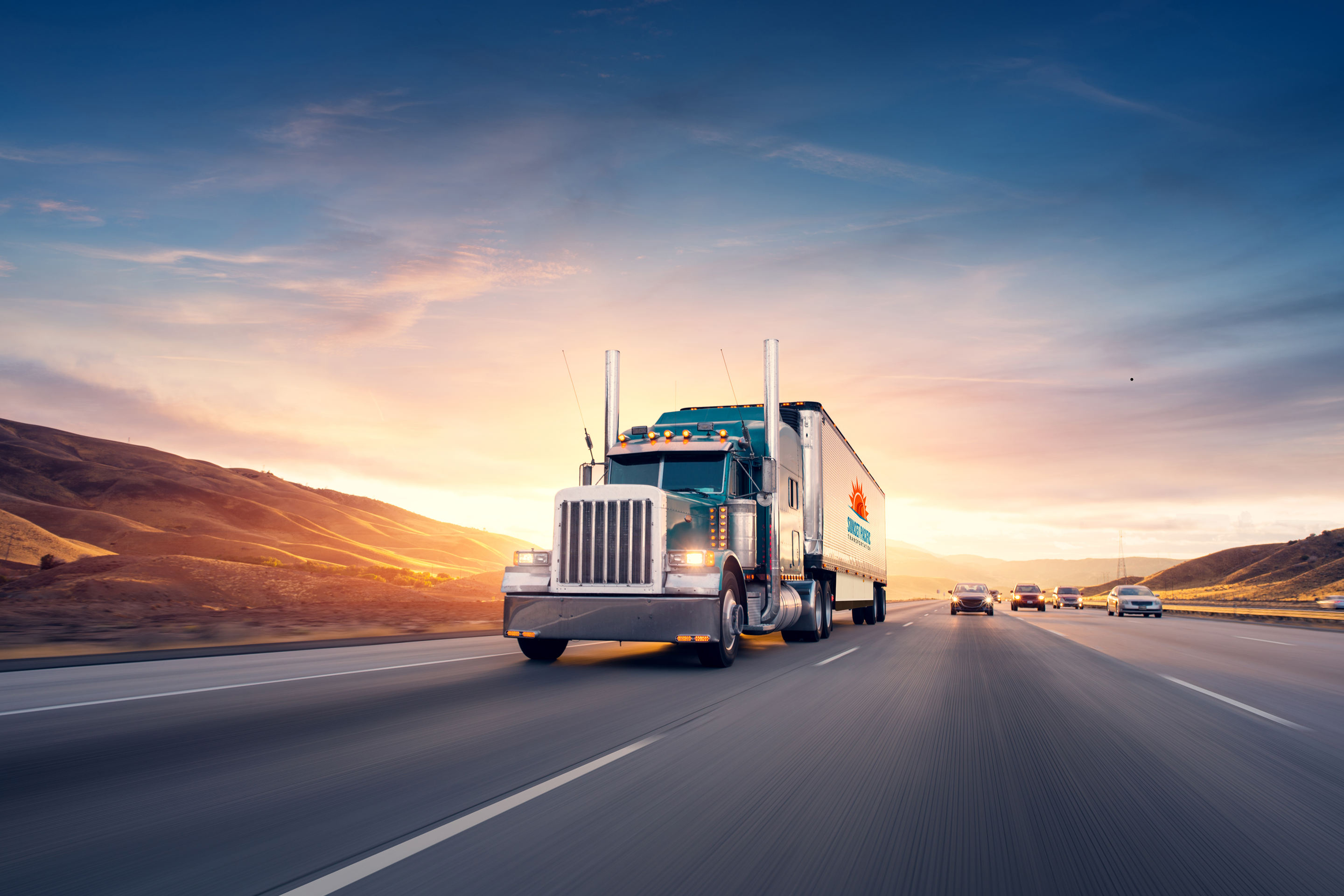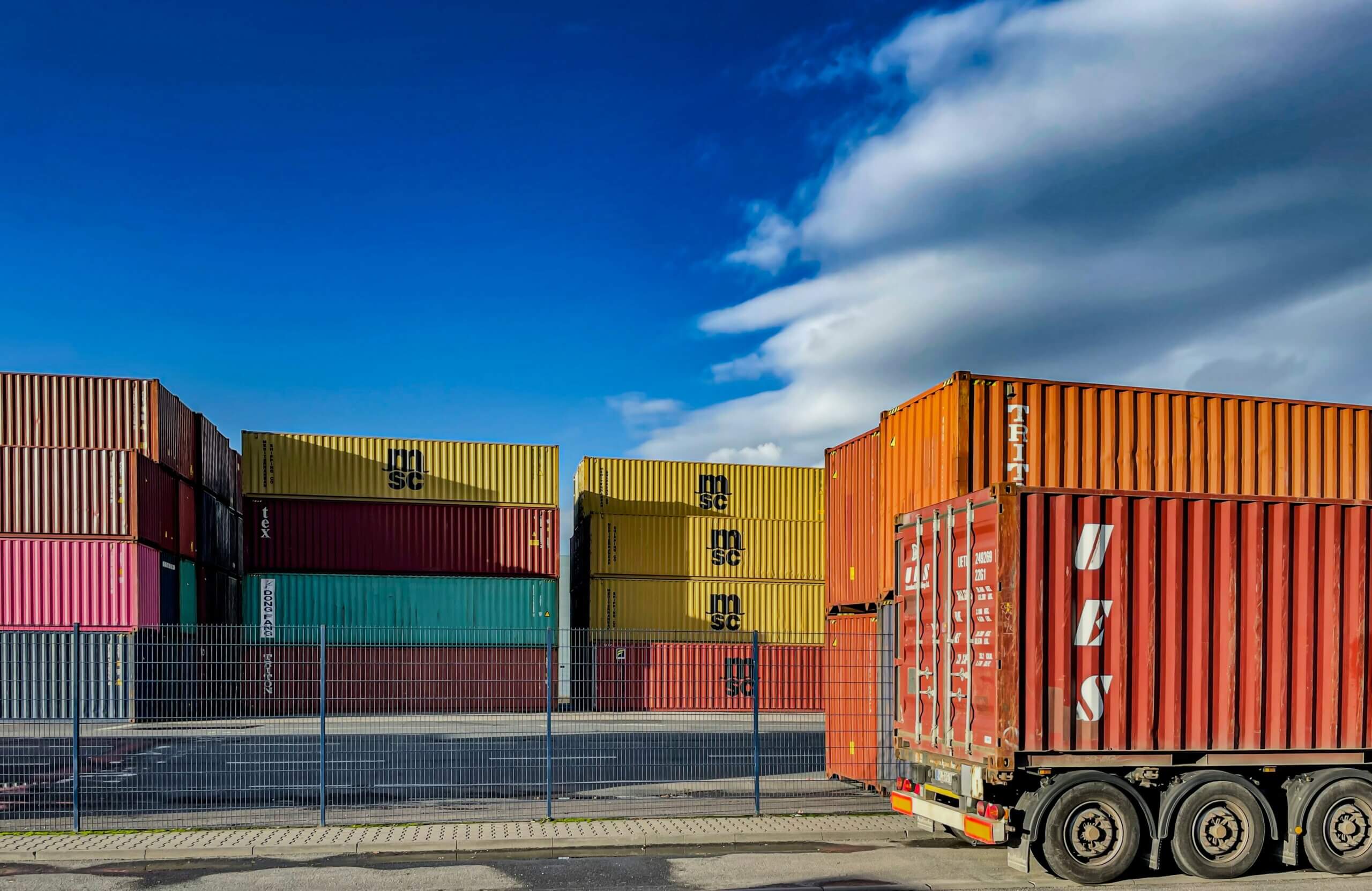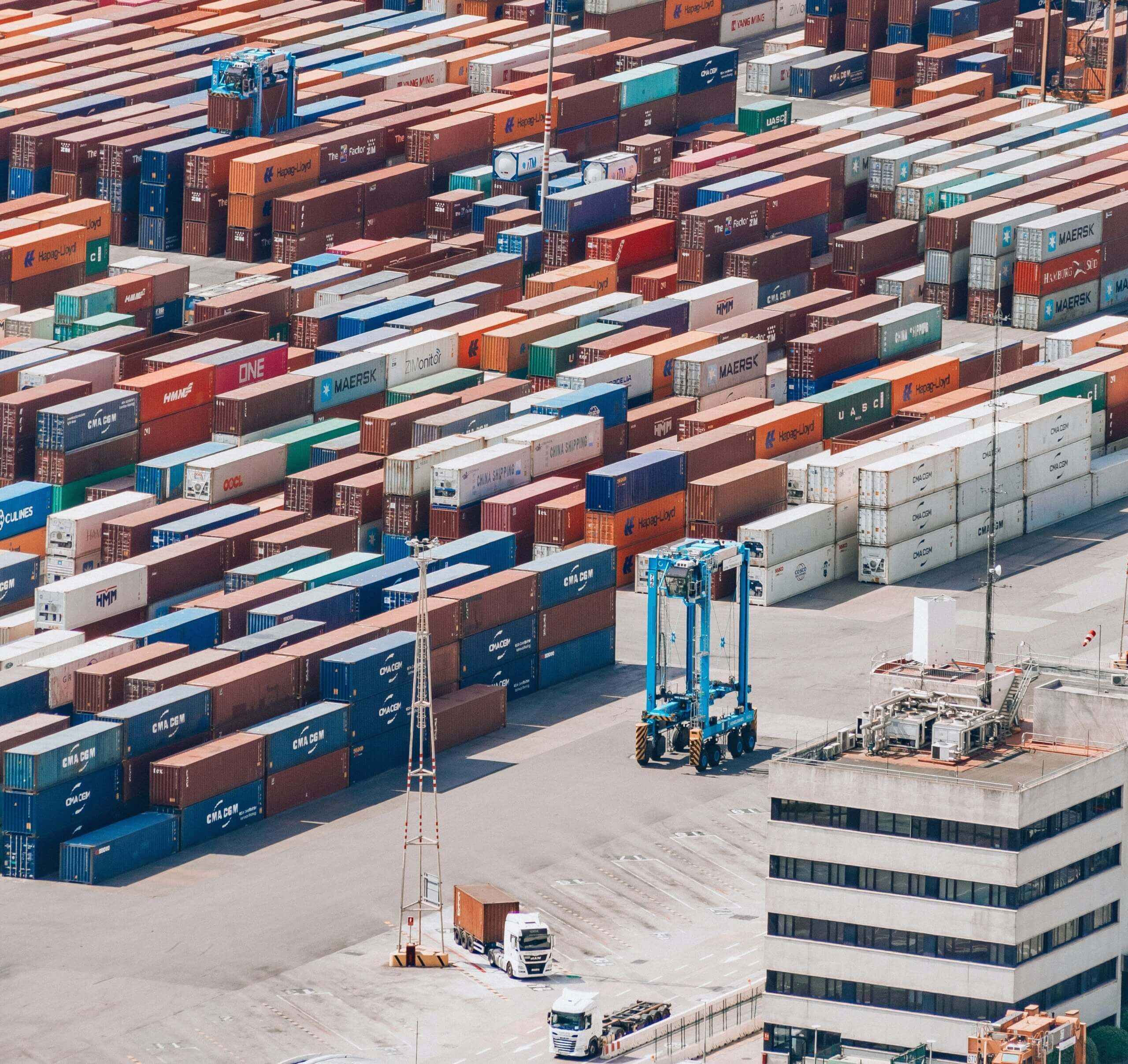This guest blog is a collaboration between Sunset Pacific Transportation and project44.
In the complex world of logistics and shipping, the quest to balance cost-effectiveness with efficiency never ends. One recent trend is that large shipments are frequently being shipped in smaller sizes — with loads that don’t fill up an entire truck. These large, yet Less Than Truckload (LTL) truckload, shipments may also have more demanding handling and delivery requirements. That’s where Volume Less Than Truckload (vLTL), a lesser known shipping mode, has many advantages.
We recently spoke with executives at Sunset Pacific Transportation to find out more about vLTL and how shippers benefit when mixing these modes. “Business owners seeking to optimize shipping strategies should take a look at vLTL and how it can be a good fit for their businesses,” says Josh Craig, CEO of Sunset Pacific Transportation, “Often shippers and 3PLs compare rates for LTL vs. Intermodal vs. Truckload (FTL) and choose the lowest rate. They may be unaware there is an even better option that they aren’t even considering — and that option is vLTL.”
What is Volume Less Than Truckload (vLTL)?
While both LTL and vLTL are shipping solutions designed for shipments that don’t require a full truck, vLTL is specifically suited for larger partial truckload shipments. vLTL, also called Partial Truckload, is a specialized freight solution that combines the best rate benefits of LTL — without sacrificing the service benefits of FTL. It is ideally suited for shipments that have one or more of these characteristics:
-
-
5-21 pallets
-
-
-
Up to 35 ft of trailer space
-
-
-
Require a pre-set delivery appointment at destination, such as a Must-Arrive-By-Date (MABD)
-
-
-
Bulky or oversized products
-
-
-
Heavy products (up to 25,000 lbs)
-
-
-
Fragile products that need careful handling
-
While getting a great rate is always important, other factors can play into the decision to ship vLTL — including transit time, handling requirements, the ability to meet delivery requirements, and more. For larger LTL shipments, vLTL is often the preferred choice simply because it is more cost-effective. LTL is straightforward and typically more transaction-focused, while vLTL shipments come with additional communication and tracking needs. Moreover, vLTL boasts less cross docking with less handling, which can translate to fewer damage claims. It’s also worth noting that traditional LTL carriers might face challenges delivering to more remote areas, in comparison to vLTL destinations. Finally, when freight markets are tight and there is little and/or very expensive truckload capacity available, vLTL is also an excellent solution.
Rita Yang, the Executive Vice President of Sales at Sunset Pacific Transportation, provides further clarity: “LTL might be more cost-effective based on the type of freight (NMFC/Class). In fact, from a rate perspective, traditional LTL carriers will ‘volume out’ shipments that surpass the typical LTL threshold, which is around 7 pallet spots.” That’s because LTL can include additional charges for added services like scheduling appointments, reducing the number of stops, and exceeding the ‘sweet spot’ shipment size and weight requirements. “That’s where vLTL comes in. It offers a service akin to full truckload — but at more competitive prices” says Yang.
Why use a combination of LTL and vLTL shipping?
Both LTL and vLTL bring diverse shipping benefits to the table. Peggy Lemus, Vice President of Operations at Sunset Pacific Transportation sums it up, “A good combination of both LTL and vLTL can help a carrier fill the trailer, maximizing space and revenue, thus being able to provide the best rates to the shipper.” Integrating both LTL and vLTL into a shipping strategy offers an optimized approach. For shippers, the size and nature of the shipment dictate the best option. Smaller, non-fragile shipments tend to be most cost-effective with LTL or even parcel shipping. Conversely, vLTL becomes the preferable choice for large (7+ pallets or up to 25,000 lbs weight) or fragile shipments due to its competitive pricing, reduced transit times, and enhanced service offerings. By sending shipments using a mix of both modes, shippers can get the best of all worlds – the best rates with the best service, handling and transit times.
How does vLTL make a difference with sustainability?
Underutilized or “empty” space on trucks is real, and it has a significant impact on the carbon footprint of the transportation industry. UberFreight estimates that 20-35% of the 175 billion miles the U.S. trucking industry clocks up every year are likely driven empty. If even half of these empty miles could be eliminated it would result in dramatic cost savings and massive reductions in greenhouse gas emissions. However, regulators, politicians, and the general public simply don’t have visibility into the profound environmental benefits that could arise from simply filling the empty space in truck trailers. “If all the trailers on the road were full, an enormous amount of carbon emissions would be saved — likely more than any other green initiative currently out there,” Craig tells us.
Through the lens of her expertise in operations, Lemus says that the industry can use current tools in the market to make shipping more sustainable. “Efficient route planning and load optimization through consolidation helps maximize the use of space in trucks,” she says,”thus reducing the total number of trucks and trips to transport goods — minimizing fuel consumption and emissions.” vLTL is one way to make better use of space in trucks and help companies ship loads more sustainably.
Sunset Pacific Transportation offers a unique approach to vLTL
Sunset Pacific Transportation is forging a unique path in the industry with their approach to freight consolidation. They give customers the best of both worlds when it comes to modes: the efficiency of LTL in terms of pick-up and pricing, with the delivery precision and service excellence of truckload — defining themselves as the industry’s only true hybrid carrier. One way that shows is through low handling and low claims.
Craig explains that, “Adaptability is part of our ethos. We stand out by reducing critical trade-offs across modes typically encountered in the industry. We want our customers to get the best — and not feel like they have to make sacrifices when it comes to rates, transit, or communication.” This customer-centric approach allows Sunset Pacific Transportation to tailor services according to specific requirements for unparalleled flexibility — and the operational excellence to provide a higher level of service including: same day pickup, pre-planned and pre-appointed deliveries, low handling, and consistent transit times.
Learn more about Sunset Pacific Transportation and project44 and discover more about the benefits of vLTL:
-
- Experiment with the best rate scenarios of your own making in real-time
-
- Explore the profile of an ideal vLTL/Partial Truckload shipment in this video
-
- Compare types of loads and rates to find out more about how your company might benefit from vLTL in this webpage.
Jill Schmieg is Founder and Chief Strategist at Sol de Naples LLC, a strategic growth advisory firm that specializes in helping logistics companies such as Sunset Pacific Transportation.



